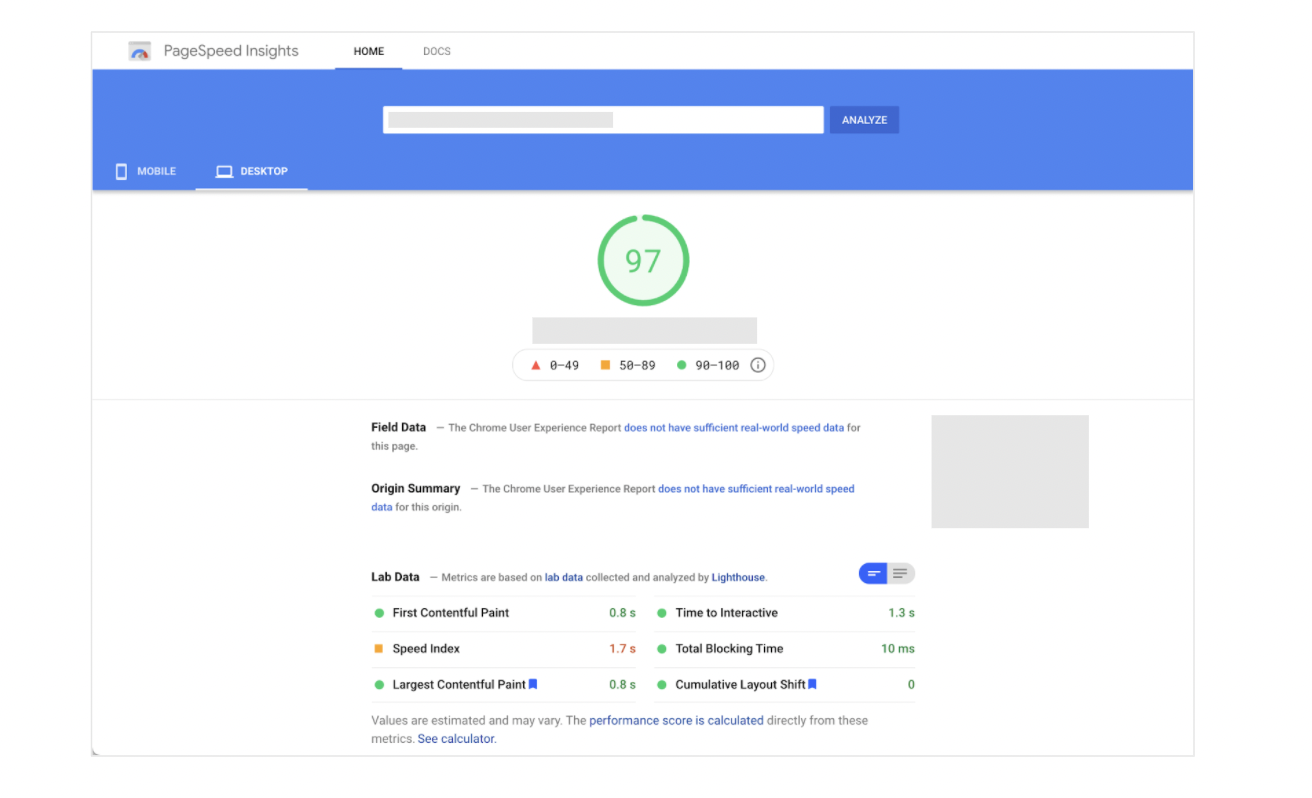4 Ways to Simplify Your Website Design
Improve customer experiences and increase conversions through web design.

Improve customer experiences and increase conversions through web design.
Whatever travel vertical you operate in, it’s important to have a high-quality website where travelers can find information and book directly. Attractions are requiring pre-purchase tickets online more than ever, hotels are sharing information on which amenities are open, and destinations’ websites are sharing things to do for local staycationers.
When someone finds your business for the first time, it’s critical to set a good first impression. Virtually all (94%) first impressions about your website are related to its design. Here are some simple things you can do to improve your website’s design, which will improve the customer experience and increase conversions.
Find the balance between giving too much information and too little. You don’t want travelers landing on your site and feeling overwhelmed with a crowded page. Likewise, you don’t want them to have difficulty navigating your site. Here are some tips for how to simplify and focus on what’s important.
“Brand” is the name terms, design messaging, or any other feature that separates your offerings from your competitors. Ideally, you’ve gone through the exercise of building out your brand design, including identifying your color palette fonts and integrating those throughout your site. That design and messaging should be consistent in every aspect of your site.
Use visuals that compliment what you want your brand to represent. Are you a calming beachside destination utilizing tranquil blues and greens, or a modern hotel using a deep yellow? There are no rules for what a business should do, but keep it focused on your audience. To keep your site design simple, consider using two on-brand colors, a neutral color, and easy-to-read font.
Do the pages on your site have cohesive branding throughout? Your brand identity separates you from similar businesses and can be the factor that draws travelers to make their booking with you.
Use images of your central location, amenities (such as spa treatments or excursions), or special offerings. They should be high quality, but small in size. You don’t need to have an excessive amount of them on your site. It’s also important to avoid stacking individual pages with images. Having too many large images, videos, or plugins can slow your site down and increase page load times. Visitors are inundated with other options, and slow-loading pages on your site will deter them from making a booking with you.
Taking action to decrease long load times will increase the likelihood of converting visitors. Along with being mindful of the images, videos, and plugins you use, be sure to optimize your mobile site. Your mobile score is the first thing Google will take into account when ranking your site, as mobile devices account for almost half the traffic across the globe. Many travelers start searching on their mobile phones and then move to desktop to complete the booking. Both versions of your site need to work well to drive conversions.
You can check your page speed by using Google Page Speed Insights. They’ll analyze both your desktop and mobile sites, give you a score out of 100, and share ideas on what’s slowing your site down. The better the score, the higher Google will rank your site on search engine results pages.

When visitors land on your homepage, they should immediately see the booking tool with a strong Call-to-Action (CTA) that directs them to book. When they’re ready, make sure the process is easy. Almost one-third of travelers will abandon their booking if they experience problems, for example, a long booking process, running into technical issues, or payment problems.

To make that process smoother for your site visitors, consider installing a wizard. A wizard is a step-by-step process that allows users to input information in a prescribed order. You often see them when going through a complex process purchasing goods or booking an appointment. Knowing where they are in the process can help make it seem less lengthy.
Travelers want to be educated about their choices, so be sure to clearly differentiate between options during the booking process. Showcasing images of each option is a great way to reassure visitors they’re making the right booking. Offering packages and extras during the booking process can inspire travelers to finalize the booking, spend more on amenities, or stay longer than planned.
The type of content you provide and how you display it determines the ease with which a visitor can navigate the page, get the right information, and find services they’re looking for. Next up in our series, Increase Your Site’s Readability in 3 Simple Steps.
Watch our webinar, 9 Tips to Help Convert Visitors on Your Website to learn more or connect with a Sojern expert to discuss digital marketing strategies.

Explore how hotels leverage the power of co-op marketing to drive growth and success.
Learn the secrets to engaging your ideal visitors all year-round.
Explore strategies for independent hotels navigating the cookieless era.

We’re ready to help you take the guesswork out of your digital marketing. Contact us to tap into the travel industry’s most intelligent marketing platform.
